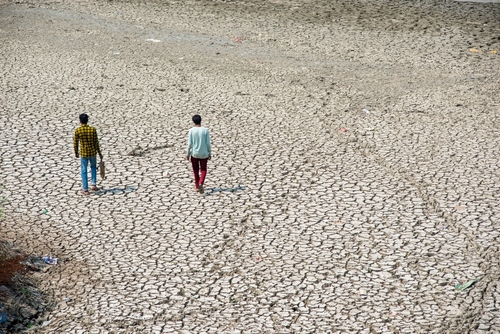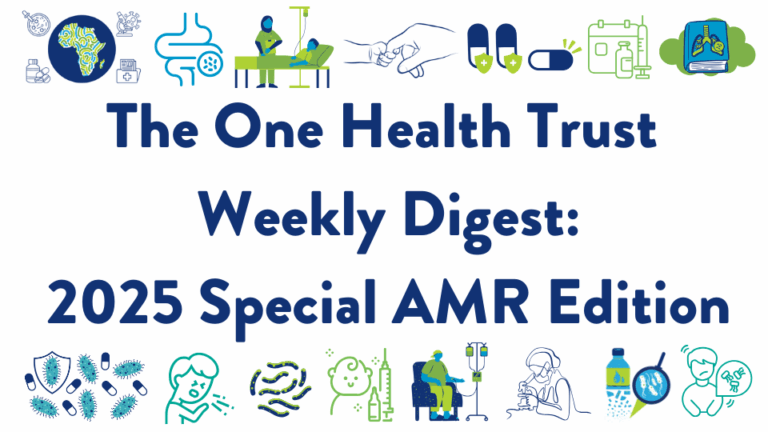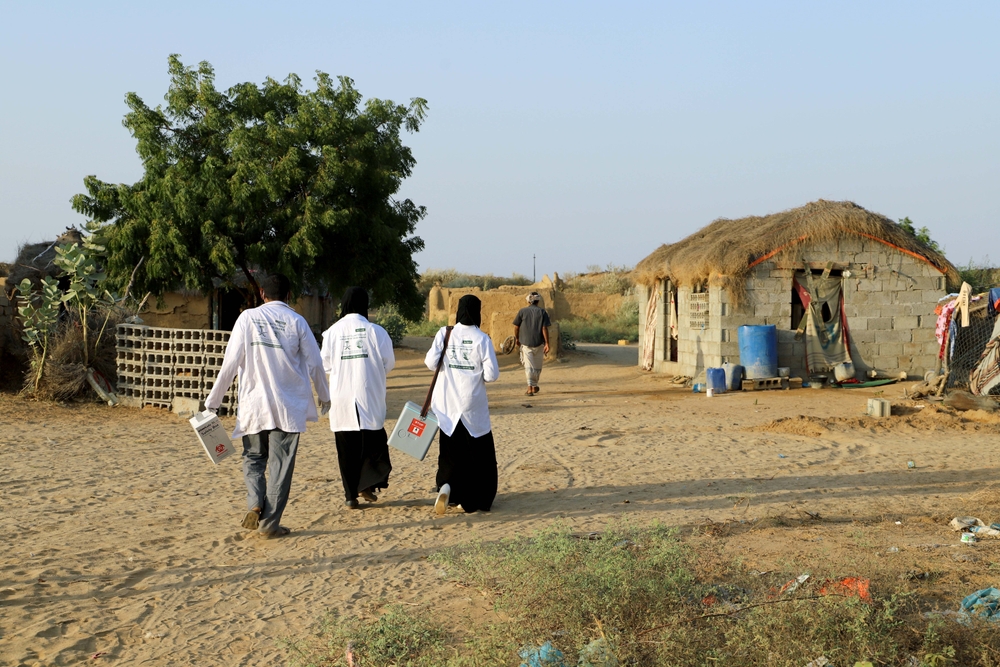June 12, 2024

Soaring temperatures in Delhi threaten human health and productivity.
In a recent article in the Washington Post, OHT’s Ramanan Laxminarayan highlights that with record May temperatures reaching 122 degrees Fahrenheit (50 degrees Celsius) in New Delhi, India, there has been an increase in residential fires, cases of heatstroke, and emergency room visits. The combination of high temperatures and water shortages in parts of India has particularly affected those whose livelihood depends on manual labor. The poorest are facing devastating heat-related health problems and economic losses. [Washington Post]
Varied willingness to address AMR hinders collective action in the EU.
A mixed-methods analysis determined that heterogeneity among European Union (EU) member states in their willingness and capacity to address antimicrobial resistance (AMR) is a key barrier to collective action against AMR in Europe. However, the study also found that networks of AMR experts were successful in facilitating governance in the human and animal health sectors in the EU. These findings were used to create a collective action framework that involves agency, heterogeneity, and authority, as they independently and indirectly relate to the performance of AMR governance. [Journal of European Public Policy]
Paradoxes in the antibiotic development pipeline
The rising threat of AMR raises questions about paradoxes in the antibiotic innovation pipeline, such as the push for rational drug development despite antimicrobial innovation historically relying on chance. Another paradox in the antibiotic innovation discourse is the golden age of antibiotics, which was more fragmented and contradictory to public health goals than is typically conveyed. Such paradoxes should be closely examined to understand the nuances of antibiotic development from innovation to production. [Humanities and Social Sciences Communications]
Limitations and next steps for Uganda’s yellow fever outbreak response
According to a recent review, passive surveillance of yellow fever (YF), reactive mass vaccination campaigns in outbreak regions, insufficient risk communication, and limited vector control efforts were limitations of the current YF outbreak response in Uganda. It is crucial for future efforts to adopt a One Health approach by creating a One Health YF Elimination task force implementing robust YF surveillance and diagnostics, promoting routine vaccination, and adopting a multifaceted mosquito management program. [One Health Outlook]
Determining cost-effective malaria diagnostics in Burkina Faso, Ghana, and Uganda
A cost-effectiveness model was used to assess the effect of seven malaria testing strategies, including combinations of rapid diagnostic tests (RDTs) on antibiotic prescription rates (APRs), costs, and clinical outcomes for patients with acute febrile illness in Burkina Faso, Ghana, and Uganda. The trial-based strategy significantly decreased APR in Burkina Faso, whereas no significant reduction was observed in Ghana or Uganda. Initial malaria testing with subsequent C-reactive protein testing was associated with saved costs and better health outcomes compared to the standard of care malaria testing in Ghana. [Applied Health Economics and Health Policy]
GlaxoSmithKline and Sanofi’s exodus from Nigeria will exacerbate antimicrobial misuse and AMR.
In August 2023, GlaxoSmithKline and Sanofi announced their imminent exit from Nigeria due to operational challenges and outlined plans to shift to a third-party distribution model. The exodus of these pharmaceutical giants from Nigeria could have long-term implications on the state of AMR in the country, as access to vaccines, therapeutics, and diagnostics now depends on the security and strength of the third-party supply chain. The resulting antimicrobial shortage has forced healthcare providers to turn to alternative treatments, which could lead to inappropriate antibiotic use and the emergence of new drug-resistant pathogens in west Africa. [BMC Global and Public Health]
Environmental and mobility factors of dengue transmission
A model exploring interactions between connectivity via human movement and environmental suitability in Mexico and Brazil reveals interesting past and future dengue transmission patterns. While early dengue emergence is primarily influenced by environmental factors, short- and long-distance human connectivity becomes even more important in the later stages of disease spread. As human mobility, climate change, and zoonotic spillover increase worldwide, utilizing models to predict the spread of dengue and other vector-borne diseases could be critical to mitigating their impact on human health. [Nature Communications]
Sulfonamide resistance genes in groundwater in India
Three sulfonamide resistance genes (sulI, sulII, and sulIII) were identified in groundwater and surface water in Patna, an expanding city in Bihar, India, where sulfonamides have been previously detected. Although the sample size in this study was small (n=18), all three resistance genes were found in deep groundwater, which also serves as a source of drinking water in Bihar and other parts of India. The geographical distribution of these genes did not correlate with the location of Patna’s major hospitals or urban areas, suggesting that veterinary sulfonamide use and wastewater efflux likely contributed to the emergence of sulfonamide resistance genes in groundwater. [Environmental Pollution]
Understanding the relationship between urbanization and malaria
A time-series analysis of the epidemiological pattern of malaria in Ghana between 2015 and 2018 showed that malaria prevalence is associated with seasonality in rural and not urban or peri-urban areas. Urban areas with high malaria prevalence are linked to proximity to water bodies and waterways. These findings indicate that the impact of urbanization on the prevalence of malaria depends on several socioeconomic and cultural factors and is more complex than previously suggested. [PLOS Global Public Health]
The U.S. CDC’s One Health approach to mitigating highly pathogenic avian influenza
Following the first human case of the highly pathogenic avian influenza A (H5N1) virus in April 2024, the U.S. CDC has monitored hundreds of farm workers who work with or are exposed to dairy cattle or infected raw cow’s milk. They identified an additional human H5N1 case with conjunctivitis in May but considered the infectious risk to the U.S. public low. The CDC is employing a One Health approach to mitigate H5N1 transmission in dairy cows, poultry, and other animals to prevent further spillover to humans with high occupational risk. [U.S. CDC]
Image from Shutterstock











